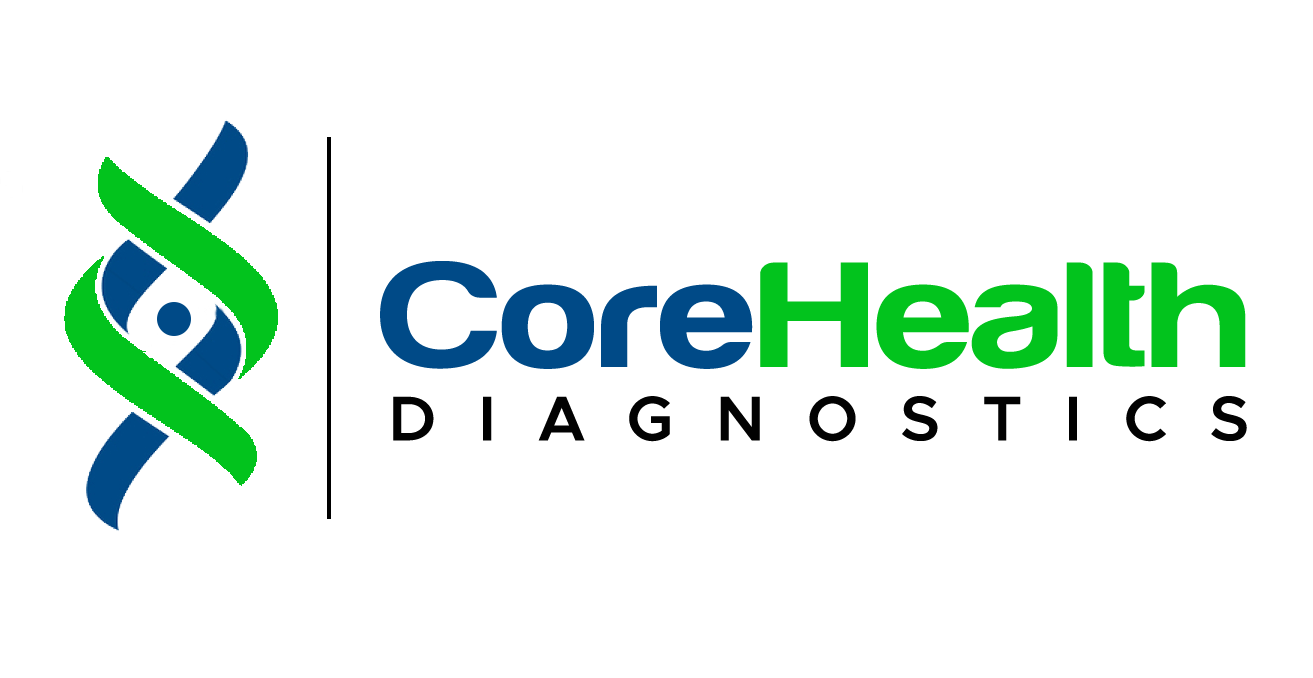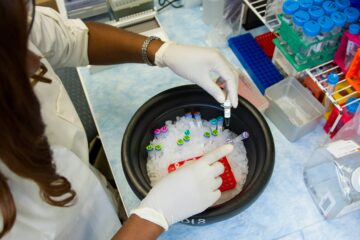Pregnancy is often a time of excitement and anticipation, but for some women, it can be accompanied by certain risks and complications that categorize the pregnancy as “high-risk.” Understanding what a high-risk pregnancy entails is crucial for ensuring both maternal and fetal health.
This article delves into the causes, management, and essential aspects of high-risk pregnancies.

What is a High-Risk Pregnancy?
A high-risk pregnancy is one where the mother, the baby, or both are at an increased risk of complications during pregnancy, delivery, or after birth.
These complications could stem from pre-existing medical conditions, pregnancy-related issues, or lifestyle factors. Being classified as high-risk doesn’t necessarily mean that there will be problems, but it does mean that additional care and monitoring will be necessary.
Causes of High-Risk Pregnancy
Several factors can contribute to a pregnancy being labeled as high-risk. These factors can be broadly categorized into pre-existing conditions, pregnancy-related issues, and lifestyle factors.
1. Pre-existing Medical Conditions
- Hypertension: Chronic high blood pressure can lead to complications like preeclampsia or premature birth.
- Diabetes: Both Type 1 and Type 2 diabetes can increase the risk of birth defects and complications during delivery.
- Autoimmune Disorders: Conditions like lupus or rheumatoid arthritis can impact pregnancy outcomes.
- Kidney Disease: Impaired kidney function can lead to issues like preeclampsia or fetal growth restriction.
2. Pregnancy-Related Issues
- Preeclampsia: A condition characterized by high blood pressure and signs of damage to another organ system, most often the liver and kidneys.
- Gestational Diabetes: Diabetes that develops during pregnancy can lead to larger-than-average babies and complications during delivery.
- Multiple Gestations: Carrying more than one fetus, such as twins or triplets, increases the risk of premature birth and other complications.
- Placental Issues: Problems like placenta previa (where the placenta covers the cervix) can lead to severe bleeding during pregnancy or delivery.
3. Lifestyle Factors
- Age: Women under 17 or over 35 are at higher risk of pregnancy complications.
- Obesity: Excess weight can lead to conditions like gestational diabetes or preeclampsia.
- Smoking and Alcohol Use: These habits can cause low birth weight, premature birth, and developmental issues for the baby.
- Previous Pregnancy Complications: A history of complications such as preterm labor or miscarriage increases the risk of issues in subsequent pregnancies.
Signs and Symptoms to Watch For
Being aware of the signs and symptoms of a high-risk pregnancy can help in early detection and management. Some symptoms that should prompt immediate medical attention include:
- Severe Headaches: This can be a sign of preeclampsia or other complications.
- Vision Changes: Blurred or double vision may indicate high blood pressure.
- Severe Abdominal Pain: This could signal placental abruption or other serious issues.
- Swelling: Sudden swelling in the hands, feet, or face may be a symptom of preeclampsia.
- Decreased Fetal Movement: A significant reduction in fetal movement may indicate distress.
Managing a High-Risk Pregnancy
Proper management is key to ensuring the best possible outcome for both mother and baby in a high-risk pregnancy. This often involves more frequent medical appointments, specialized testing, and lifestyle adjustments.
1. Regular Prenatal Care
Frequent visits to a healthcare provider are essential in monitoring the health of both the mother and the baby. During these visits, the healthcare provider may:
- Monitor Blood Pressure and Blood Sugar: To detect early signs of conditions like preeclampsia and gestational diabetes.
- Perform Ultrasound Scans: To track the baby’s growth and development, and to check for any abnormalities.
- Conduct Non-Stress Tests (NST): To monitor the baby’s heart rate and ensure it is healthy.
2. Specialized Testing
High-risk pregnancies may require additional tests beyond the standard prenatal screenings, including:
- Amniocentesis: A test that involves taking a small amount of amniotic fluid to check for genetic conditions.
- Chorionic Villus Sampling (CVS): A test that involves taking a small sample of placental tissue to detect chromosomal abnormalities.
- Biophysical Profile (BPP): A combination of an ultrasound and an NST to assess the baby’s health.
3. Lifestyle Modifications
Making certain lifestyle changes can significantly impact the outcome of a high-risk pregnancy. Some important modifications include:
- Healthy Diet: Eating a balanced diet rich in fruits, vegetables, lean proteins, and whole grains can support overall health.
- Regular Exercise: Light to moderate exercise, such as walking or swimming, can help manage weight and reduce stress.
- Avoiding Harmful Substances: Abstaining from smoking, alcohol, and illicit drugs is crucial for the baby’s development.
- Stress Management: Practices like yoga, meditation, and deep breathing exercises can help reduce stress levels.
Delivery Considerations for High-Risk Pregnancies
The delivery of a high-risk pregnancy requires careful planning and consideration. Depending on the specific risk factors, the healthcare provider may recommend different approaches to ensure a safe delivery.
1. Timing of Delivery
In some cases, it may be necessary to induce labor or schedule a cesarean section (C-section) before the due date to reduce the risk of complications.
This is often the case in pregnancies complicated by preeclampsia, gestational diabetes, or other conditions that may worsen as the pregnancy progresses.
2. Delivery Method
The method of delivery may also need to be adjusted based on the mother’s health, the baby’s condition, and any complications that arise during pregnancy. While vaginal delivery is often preferred, a C-section may be necessary if:
- The Baby is in Distress: If the baby is showing signs of distress during labor, a C-section may be the safest option.
- The Baby is Breech: If the baby is positioned feet-first, a C-section may be recommended to avoid complications during delivery.
- Multiple Births: For pregnancies involving twins or triplets, a C-section may be safer, especially if the babies are not in optimal positions for vaginal delivery.
Postpartum Care for High-Risk Pregnancies
The care doesn’t end with delivery; postpartum care is equally important, especially for women who have experienced a high-risk pregnancy. Monitoring and managing any ongoing health issues are crucial to ensure a smooth recovery.
1. Monitoring the Mother’s Health
Postpartum complications can arise, especially in high-risk pregnancies. Women should be vigilant about their health and watch for signs of:
- Postpartum Hemorrhage: Excessive bleeding after delivery can be life-threatening and requires immediate medical attention.
- Infections: Signs of infection, such as fever, severe pain, or foul-smelling discharge, should be promptly reported to a healthcare provider.
- Blood Pressure Issues: Women with a history of preeclampsia should continue to monitor their blood pressure and follow up with their healthcare provider.
2. Baby’s Health
Babies born from high-risk pregnancies may need additional care and monitoring after birth. This could include:
- NICU Care: Premature babies or those with complications may require care in the Neonatal Intensive Care Unit (NICU).
- Regular Pediatric Visits: Frequent check-ups can ensure the baby is developing properly and address any health concerns early on.
Conclusion
A high-risk pregnancy can be challenging, but with proper care, monitoring, and lifestyle adjustments, the chances of a healthy outcome for both mother and baby are significantly improved.
It is essential to work closely with healthcare providers, adhere to recommended guidelines, and stay informed about the potential risks and management strategies. By doing so, women can navigate high-risk pregnancies with confidence and hope for a safe and healthy delivery.




